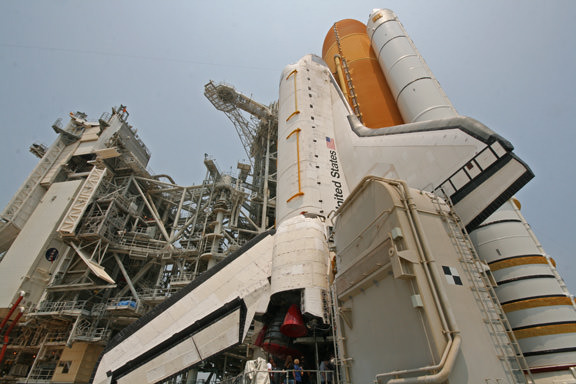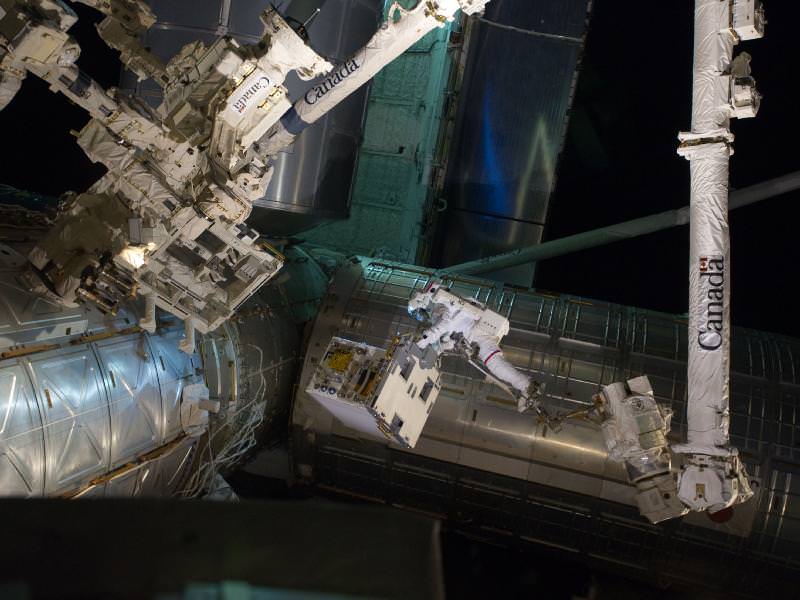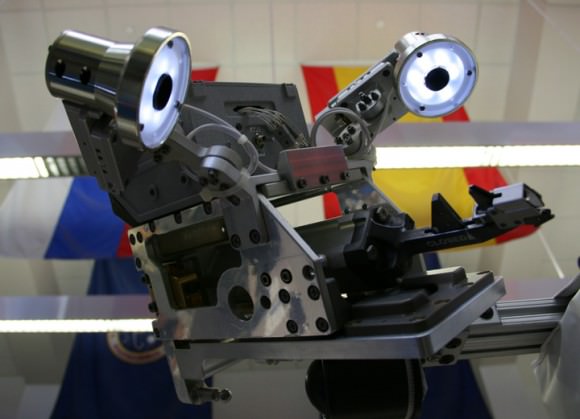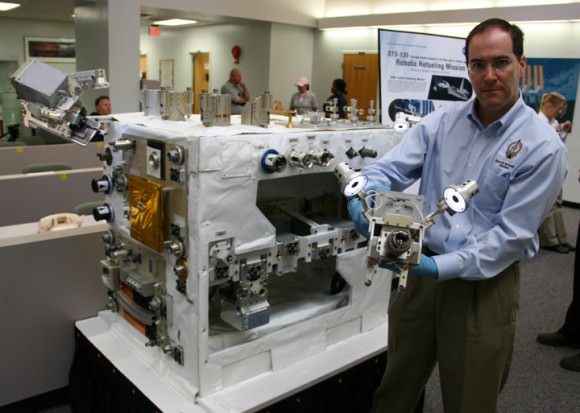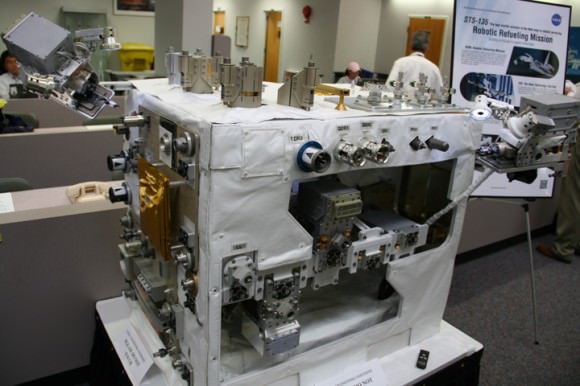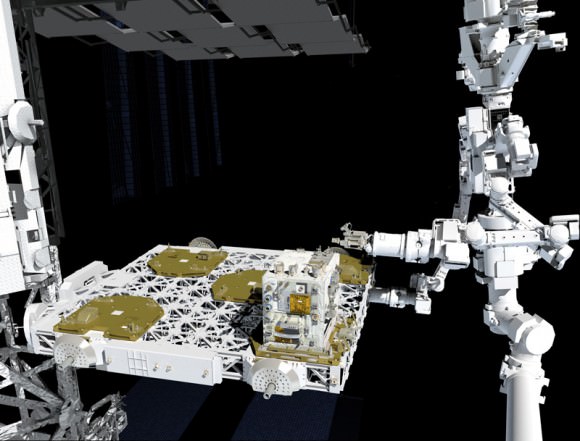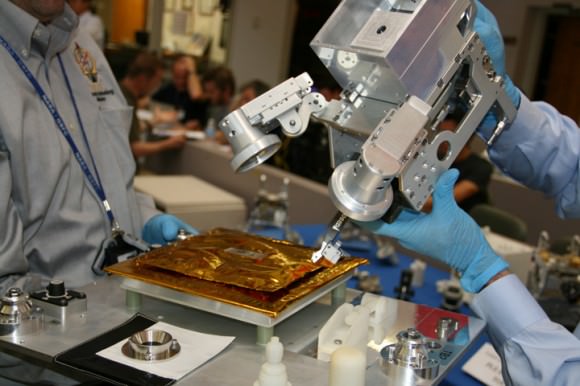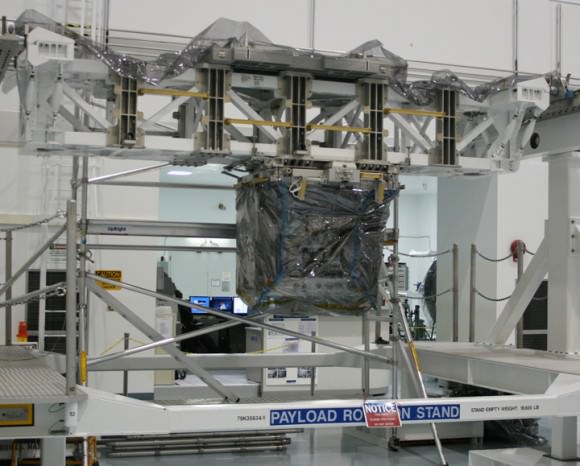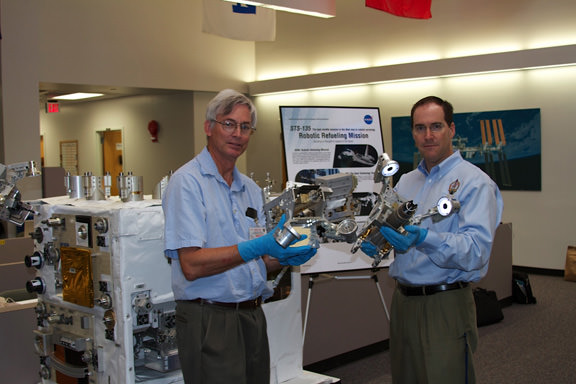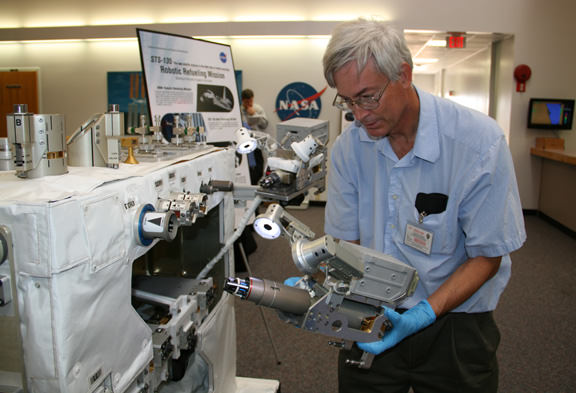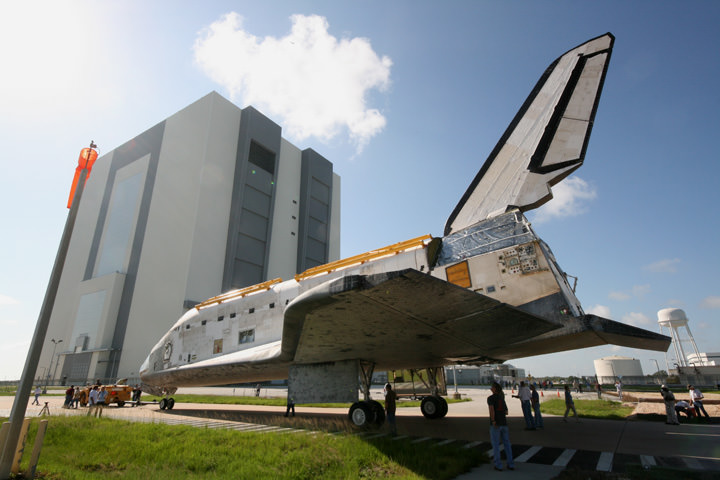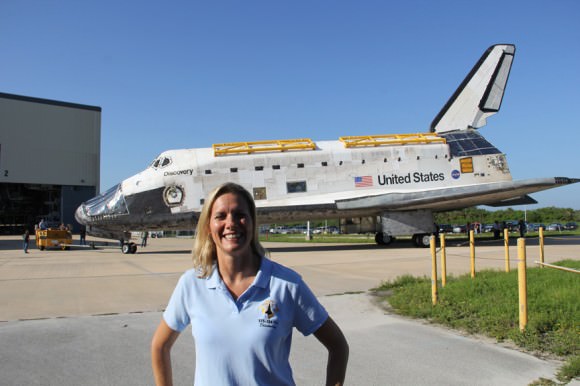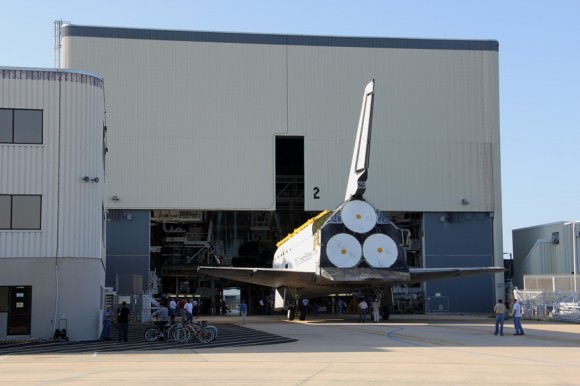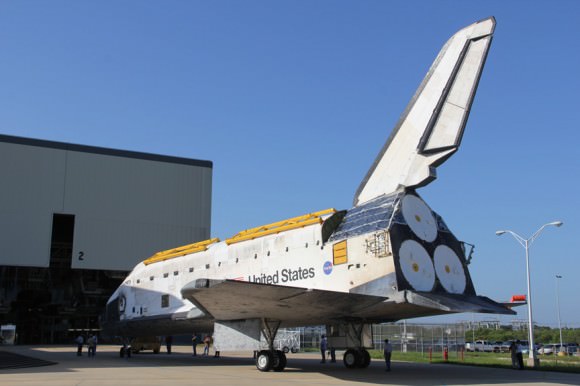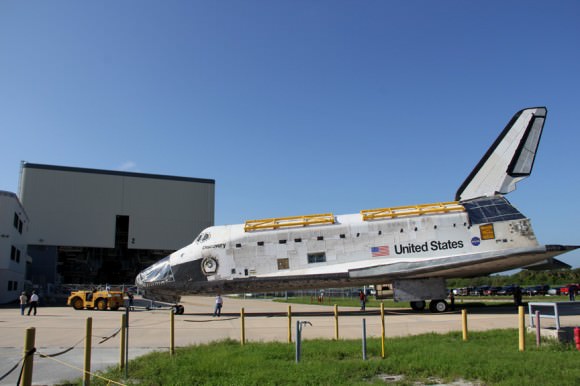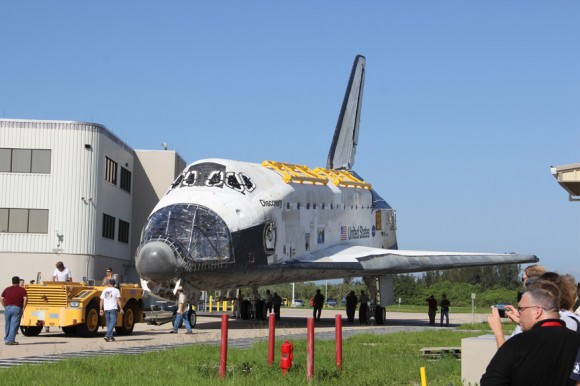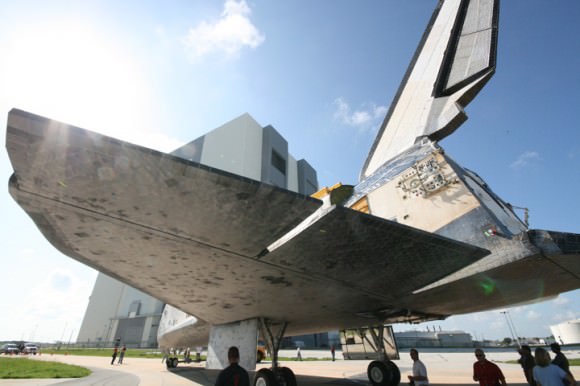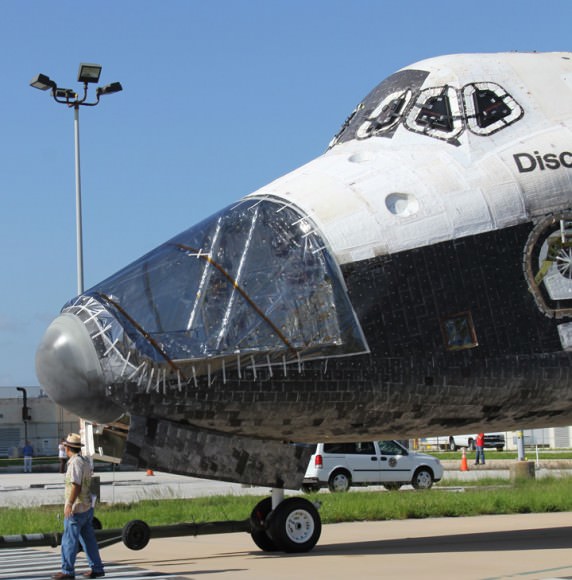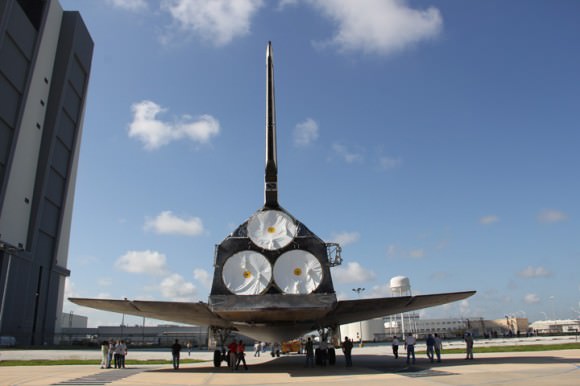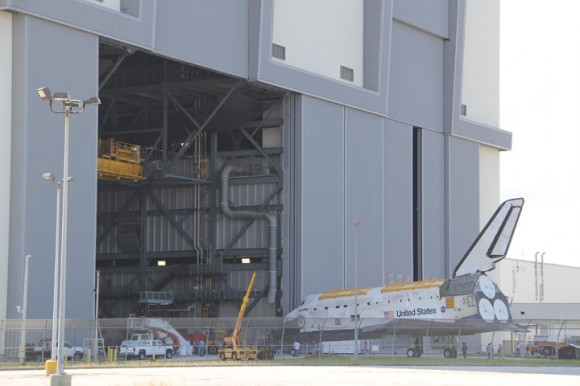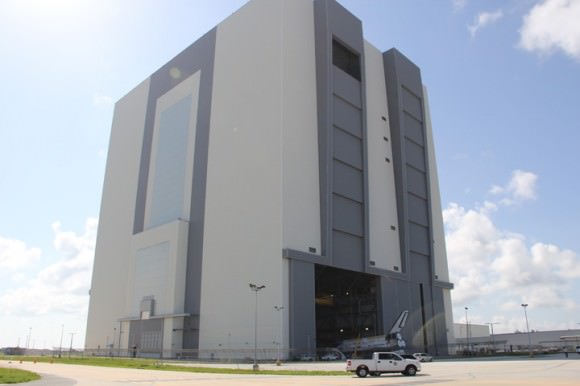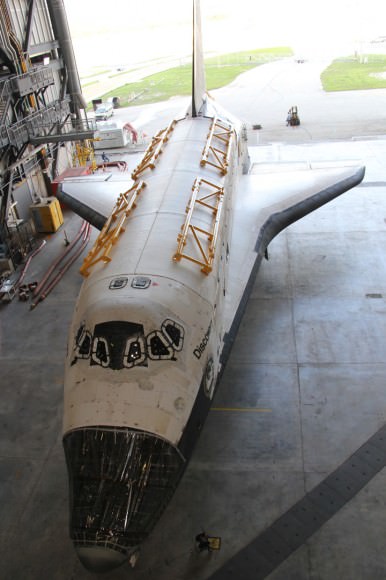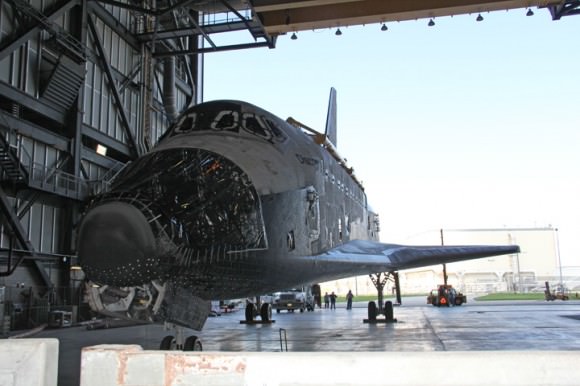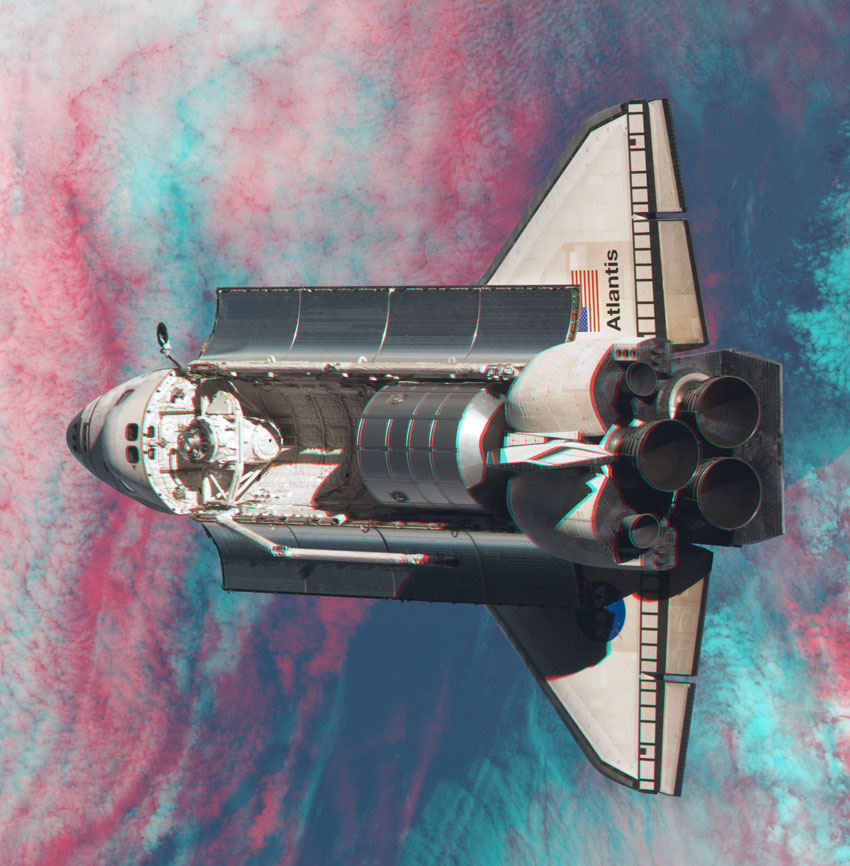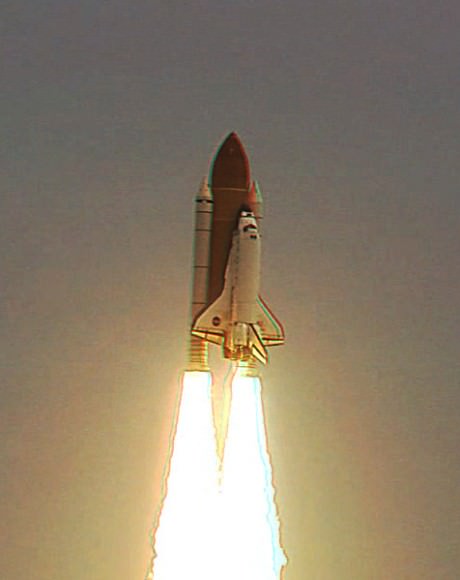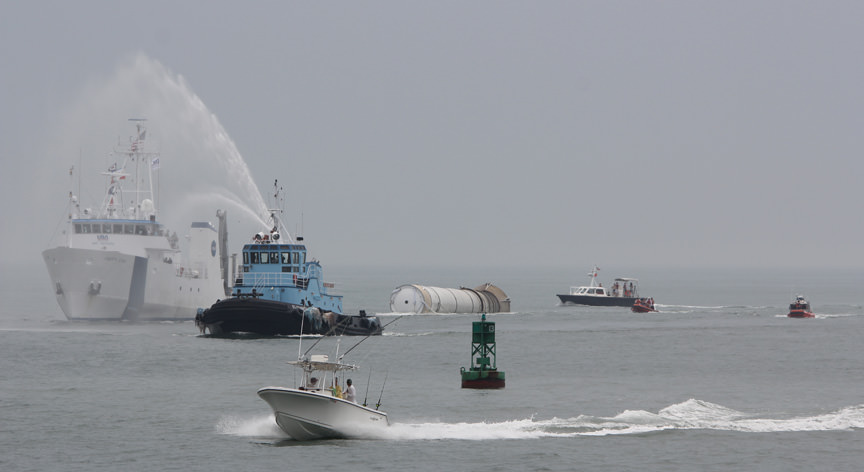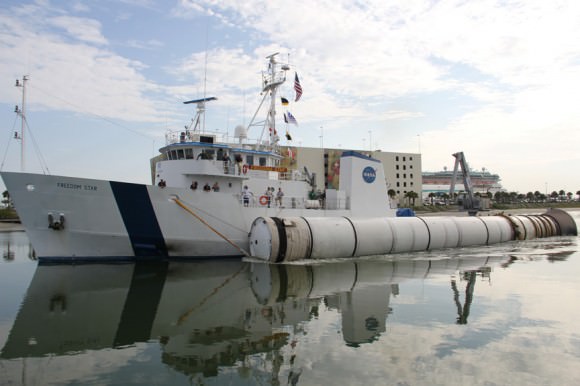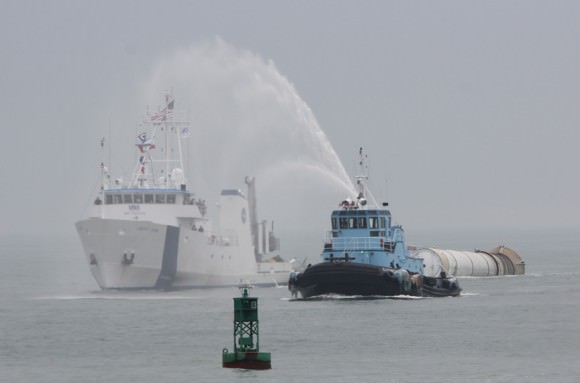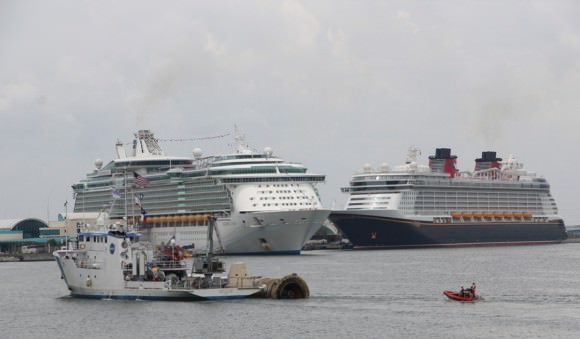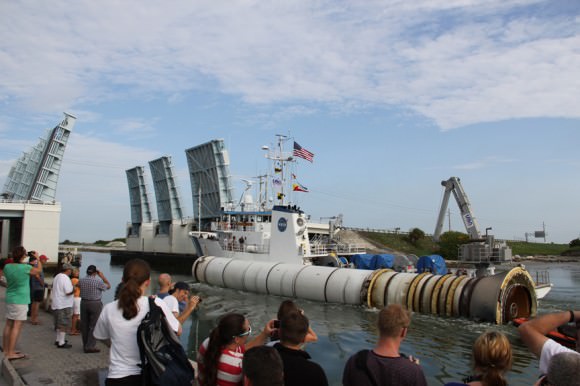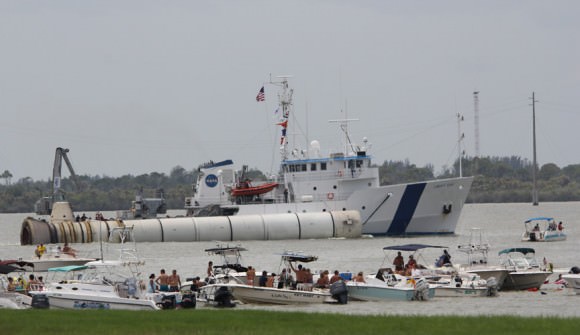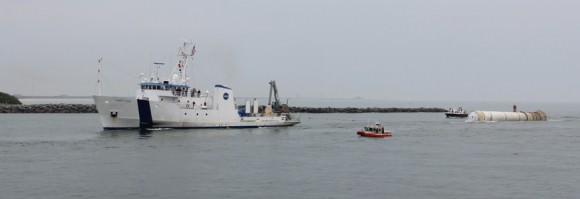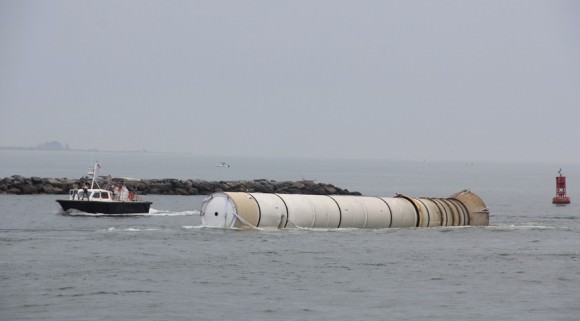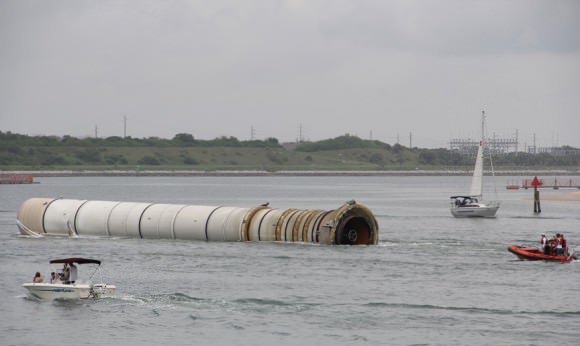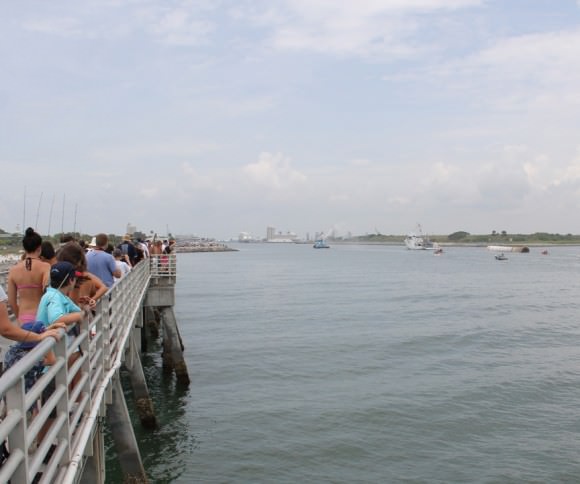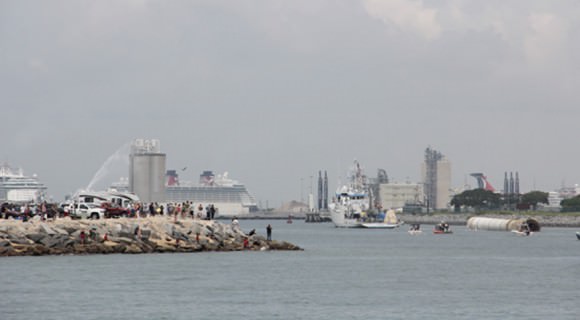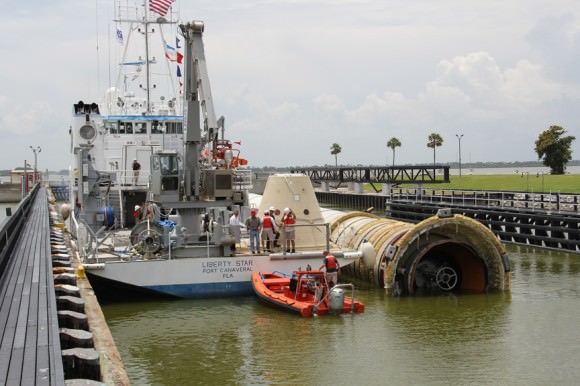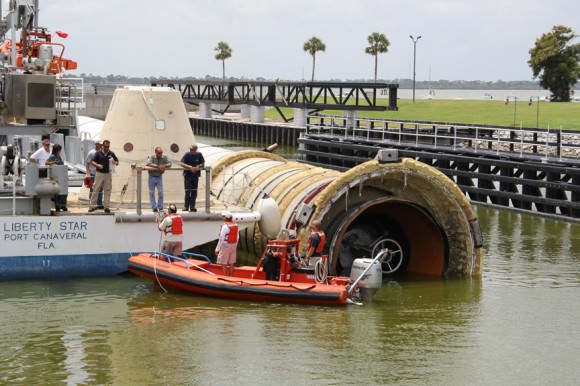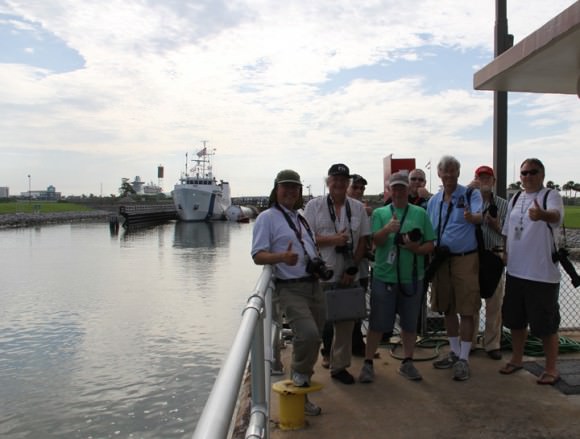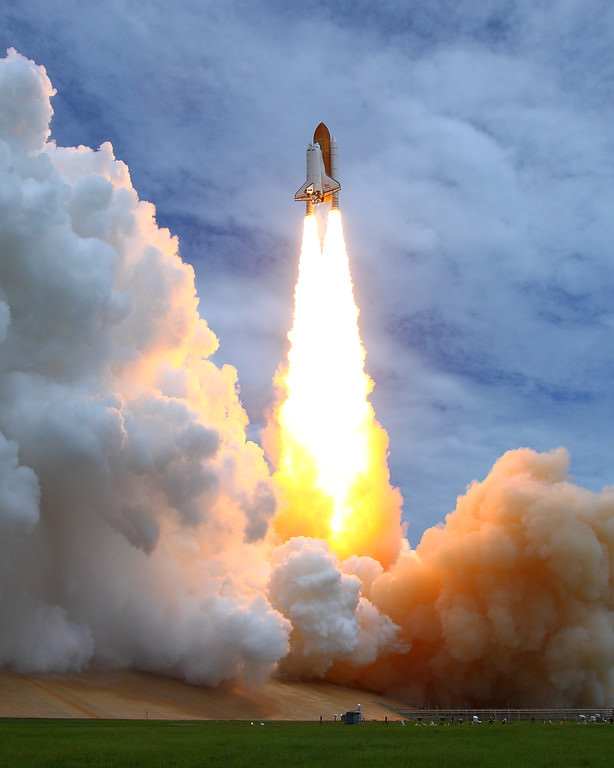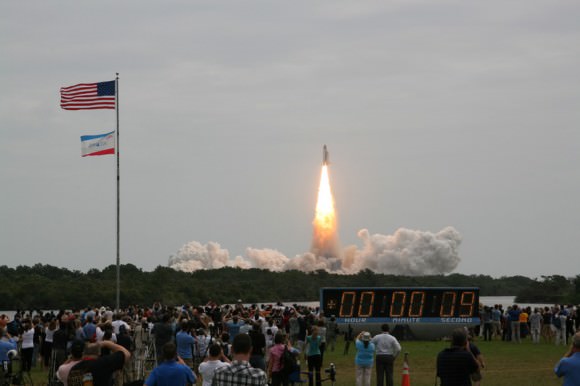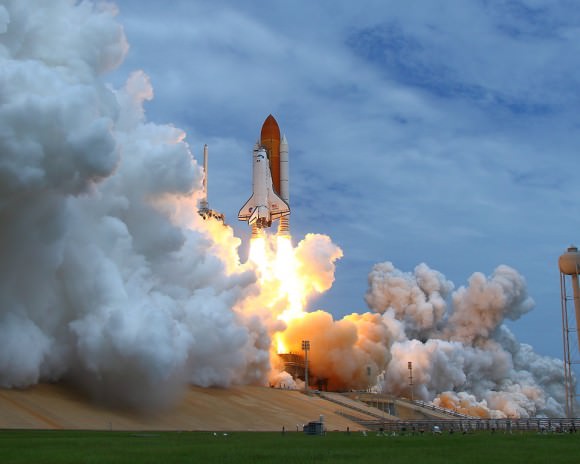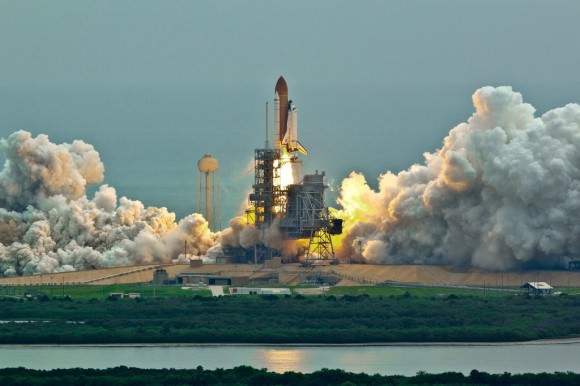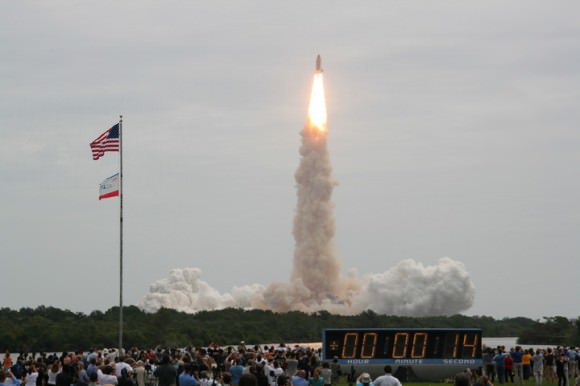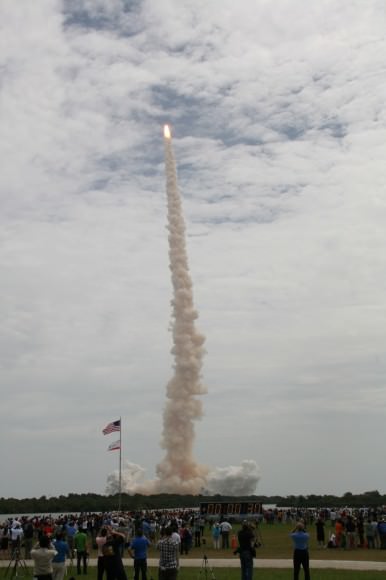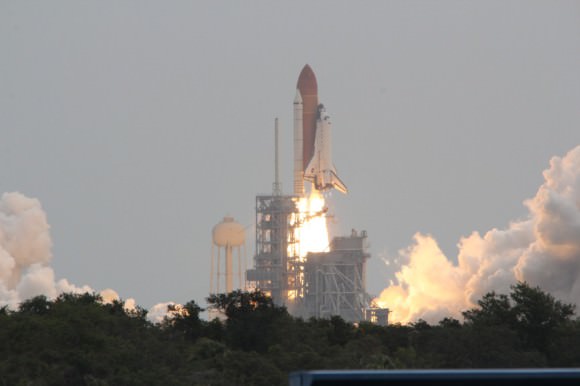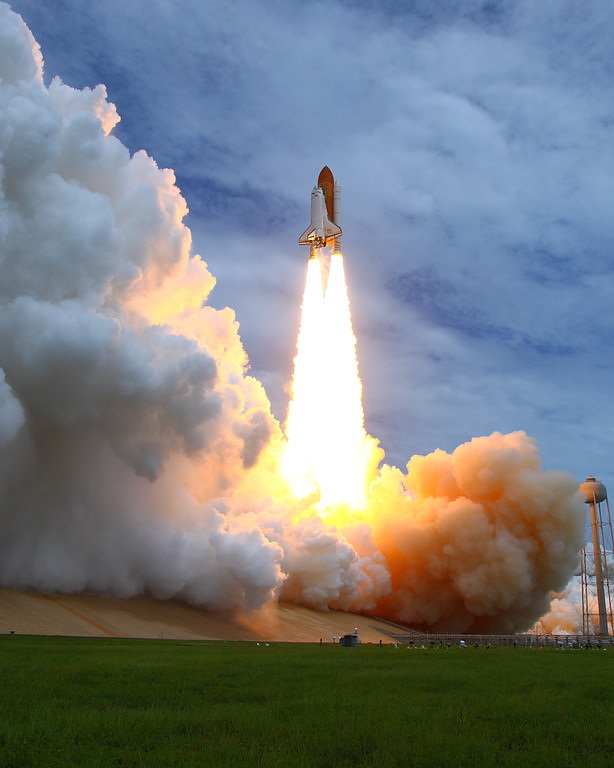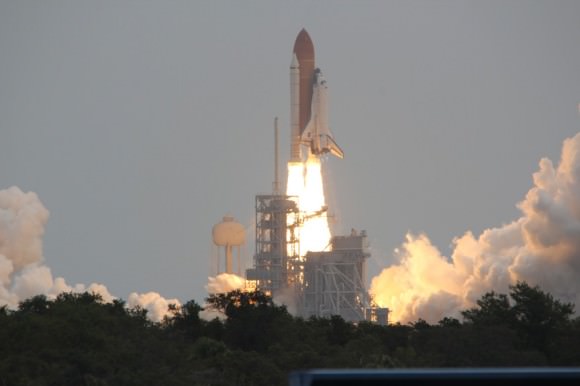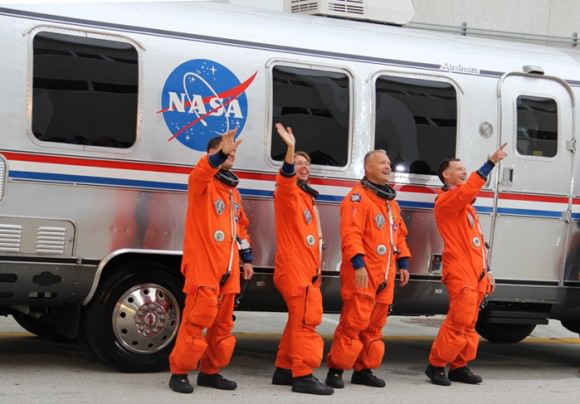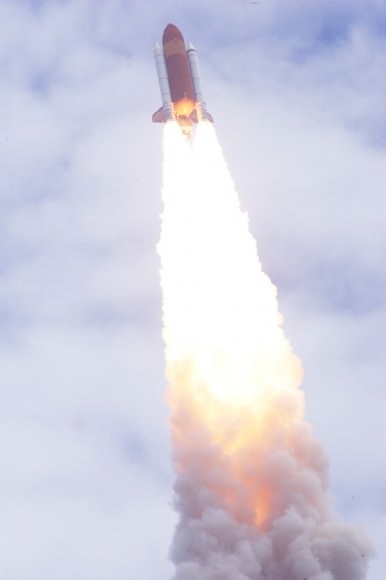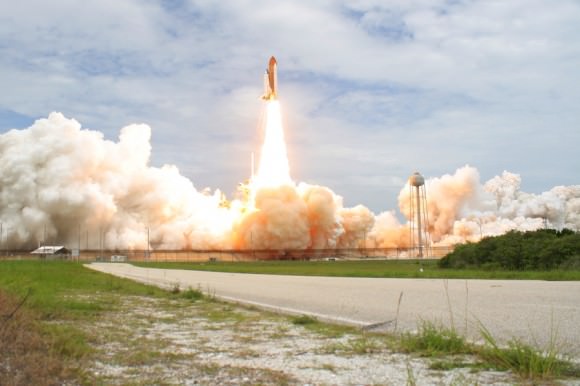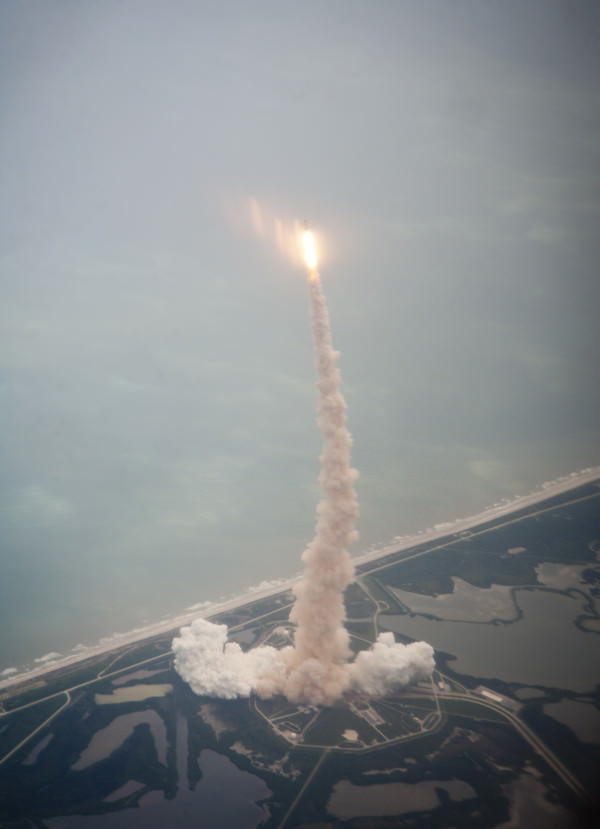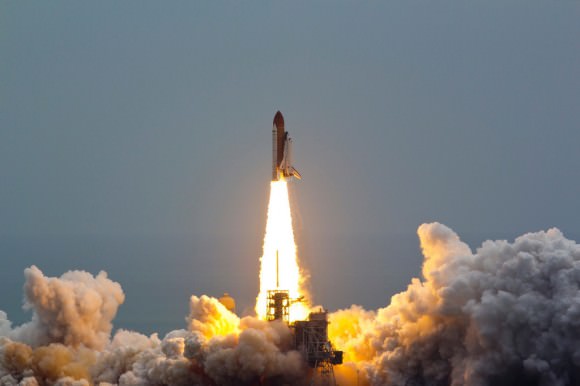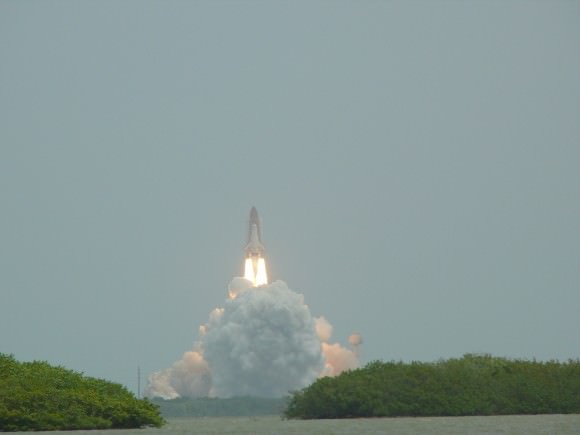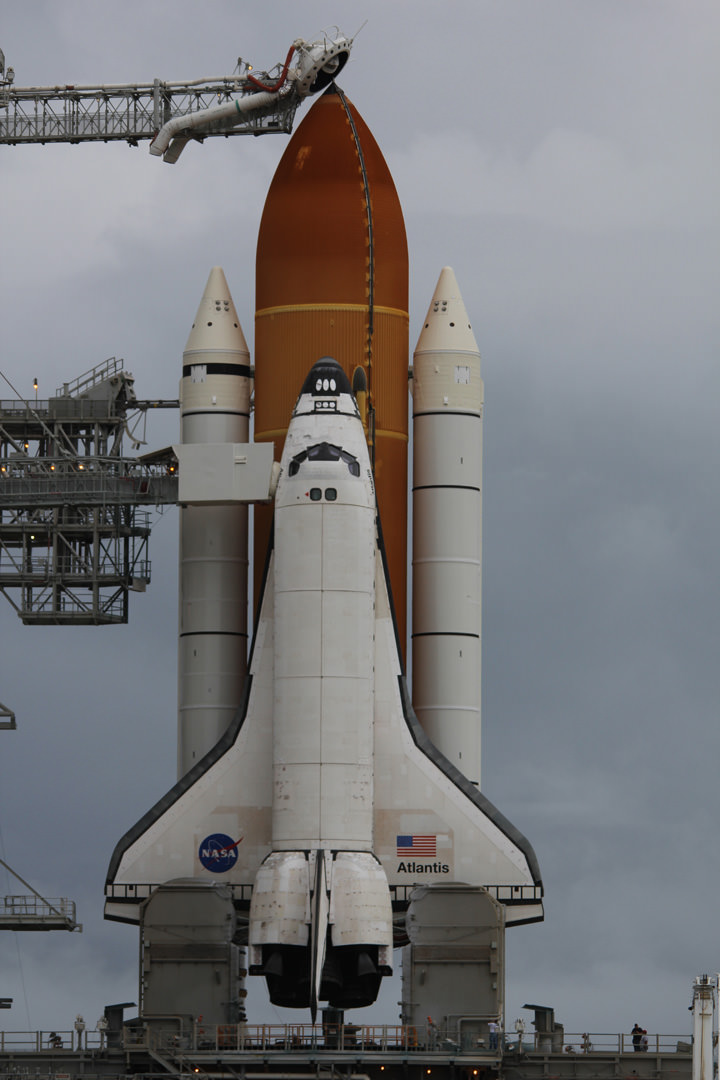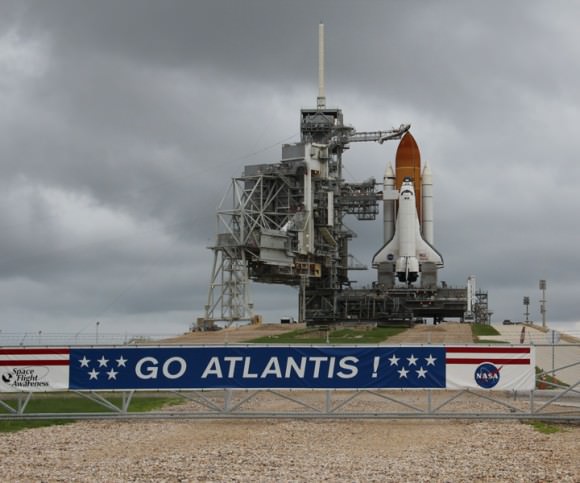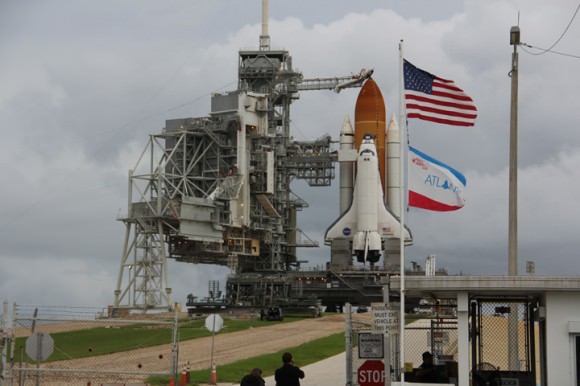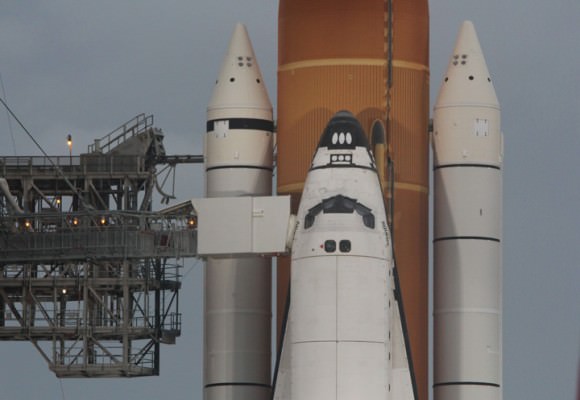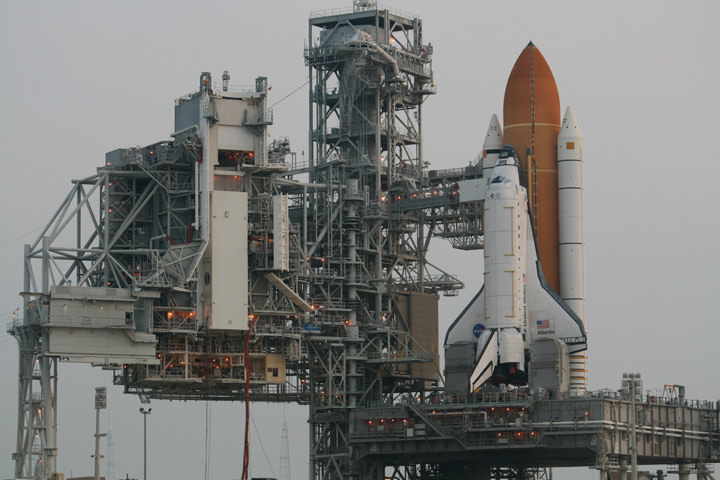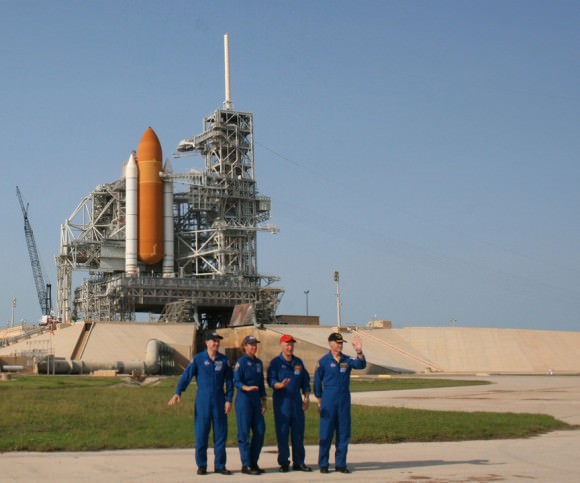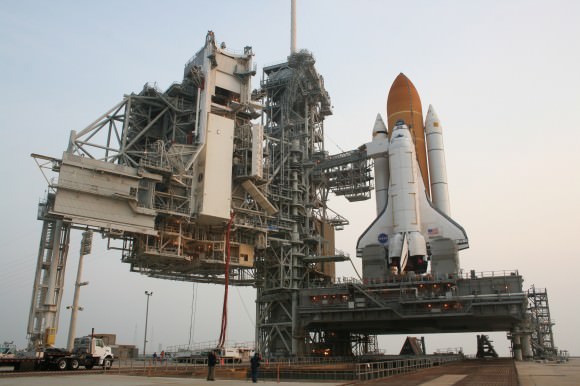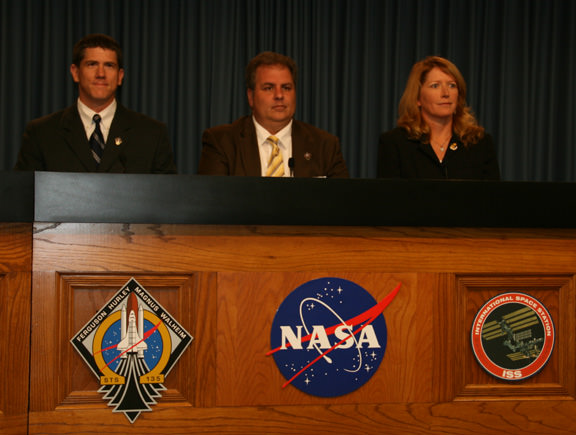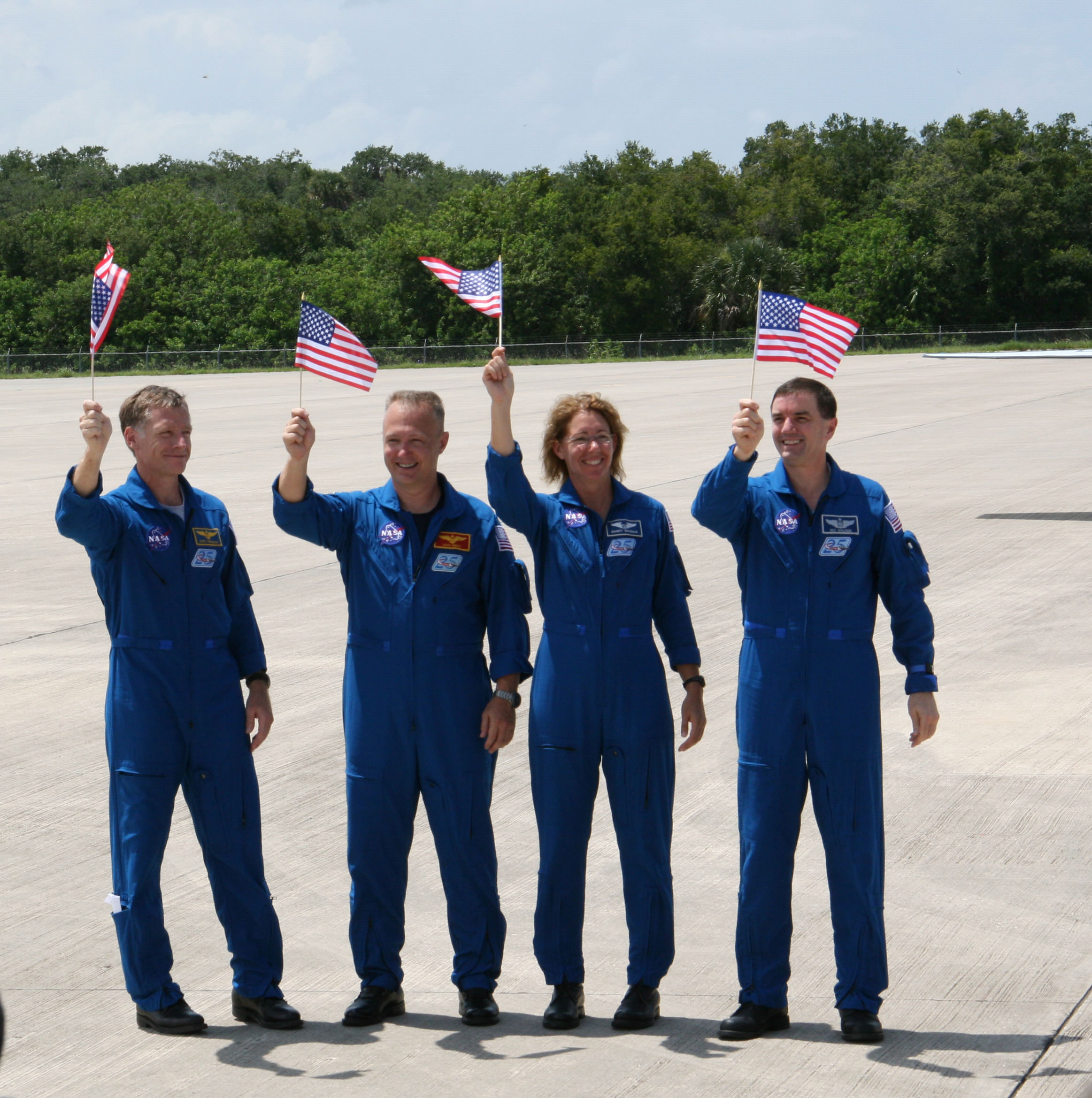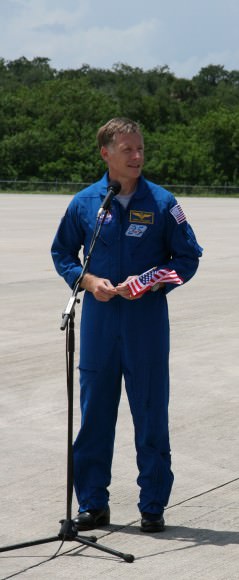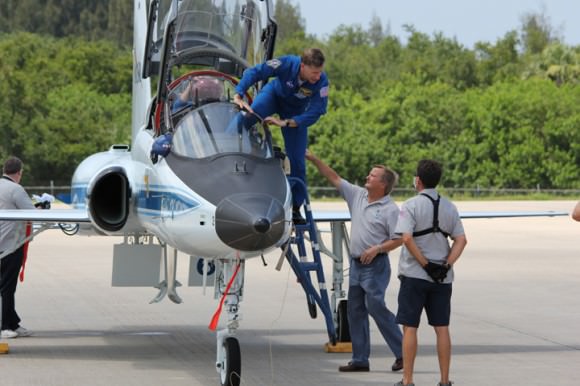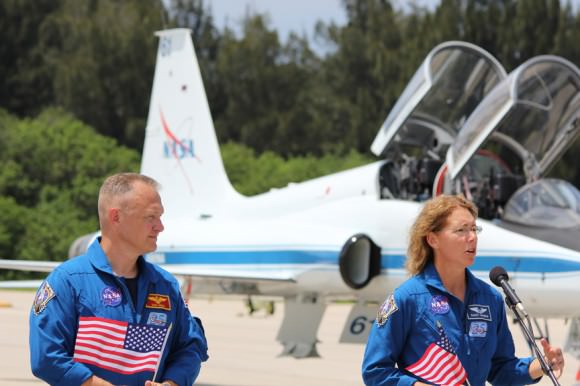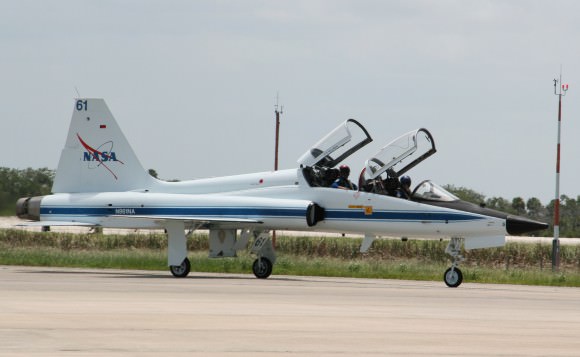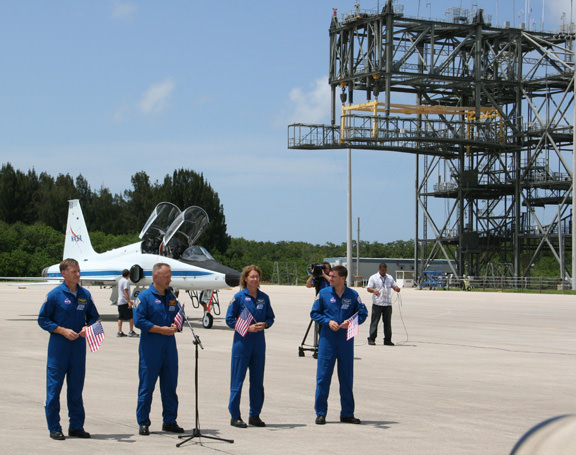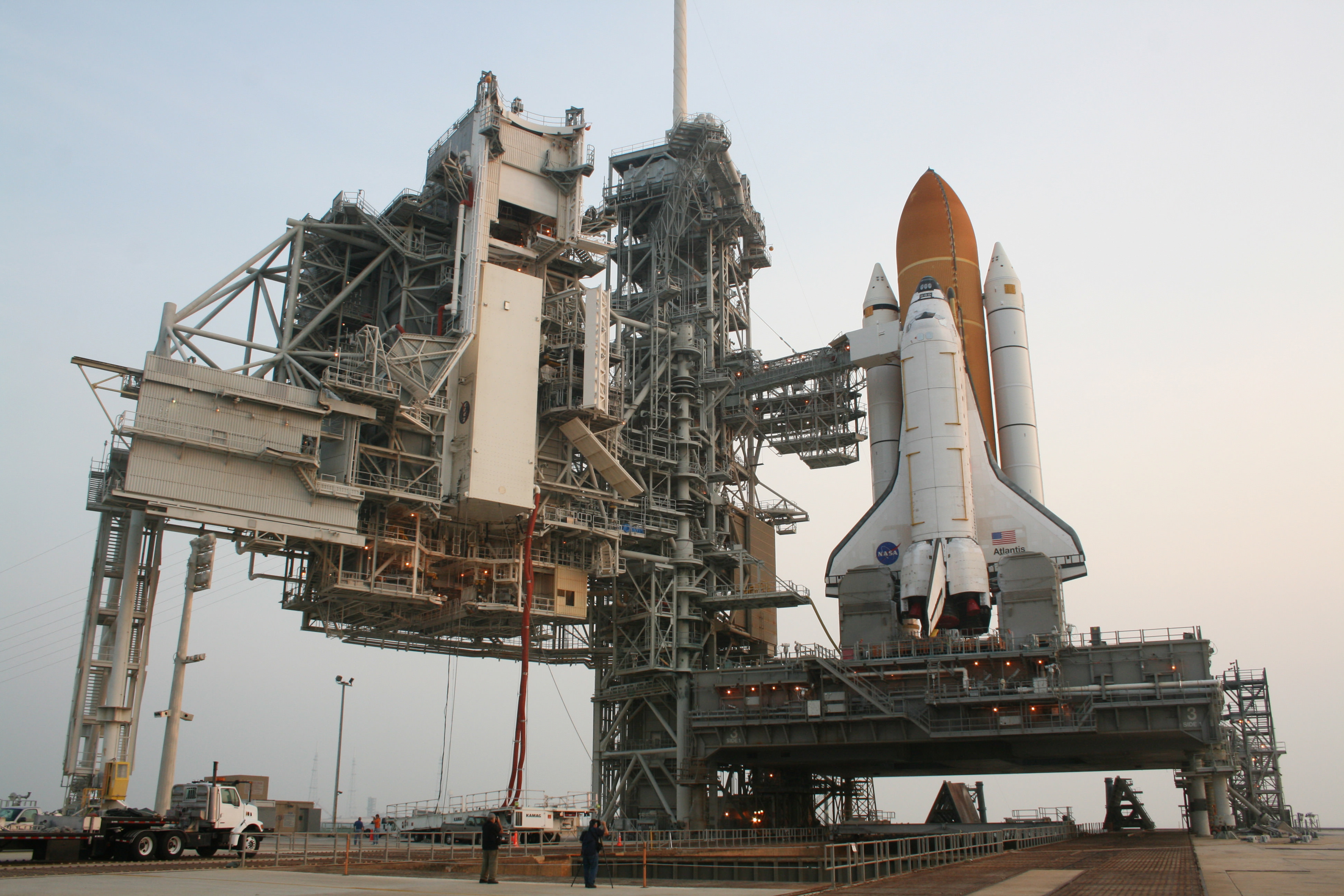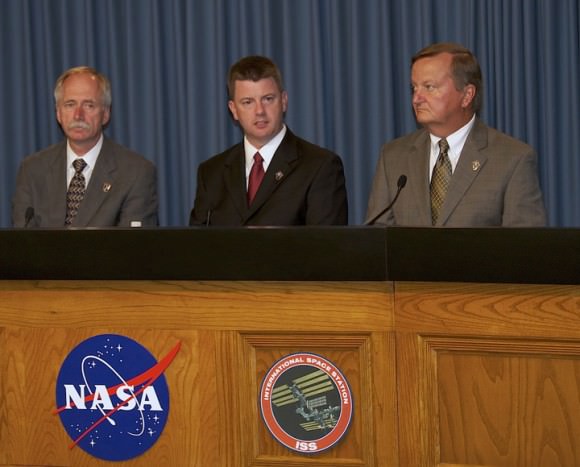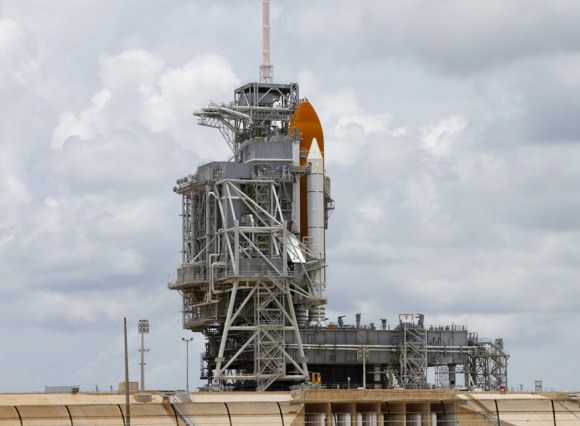[/caption]
In the weeks leading up to the launch of Space Shuttle Atlantis, I had the distinct honor to speak on several occasions with Chris Ferguson, the Space Shuttle Commander of the STS-135 mission that will soon close out NASA’s Space Shuttle Era.
Chris talked to me about his childhood experiences that led him to “love science” and how he strongly believes in “giving back” to a community that enriched him so much – and eventually led him to his career as a space shuttle astronaut.
That passion for science and giving will result in an extraordinary and out of this world gift to the people of Philadelphia, Pennsylvania, hometown to Chris Ferguson that he hopes will inspire kids to love science.
I first met Chris about two years ago in Philadelphia when he generously gave a well received presentation to our astronomy club, the Rittenhouse Astronomical Society – which meets at the Franklin Institute Science Museum and where I frequently lecture too.
At that time Ferguson had already been a veteran space flyer with two trips to the International Space Station – but he not yet been named to command the last shuttle flight. Over 150 folks attended Ferguson’s talk – held in the presence of the marble statue of Benjamin Franklin. The statue is a US National Historic Landmark.
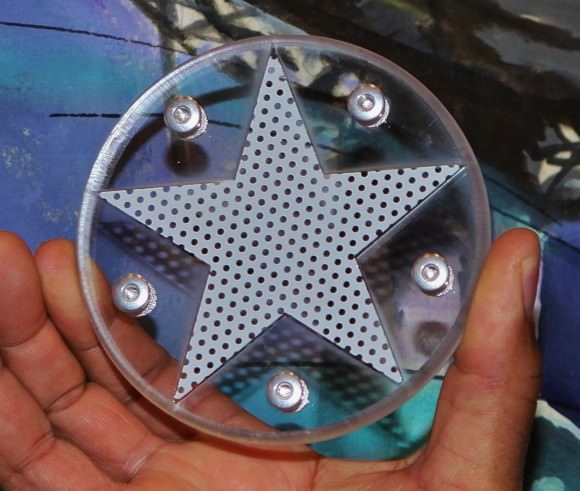
STS-135 Shuttle Commander Chris Ferguson seeks to inspire kids to study science as a way to give back to his hometown community which inspired him to accomplish great goals and become a space shuttle astronaut. Ferguson brought this small piece of the Franklin Institute to the space station and back. The 5-pointed 4-inch star from the Franklin Institute’s Fels Planetarium dome will be put on public display for the future enjoyment of millions of kids of all ages. Credit: The Franklin Institute Science Museum
As a child, Chris attended classes from grade school to high school in Philadelphia, the city of brotherly love.
“I developed and cultivated a love of science, engineering and space in many childhood trips to the Franklin Institute in Philadelphia,” Ferguson told me.
“I was always a science oriented kid growing up. I have an innate curiosity for how things work. The Franklin Institute fed my curiosity.”
“And it was some teachers I had at a young age in my high school in Philadelphia who made me want to understand more. And to understand the reason about why things work the way they do … And to understand why the physical laws that govern the Universe are the way they are.”
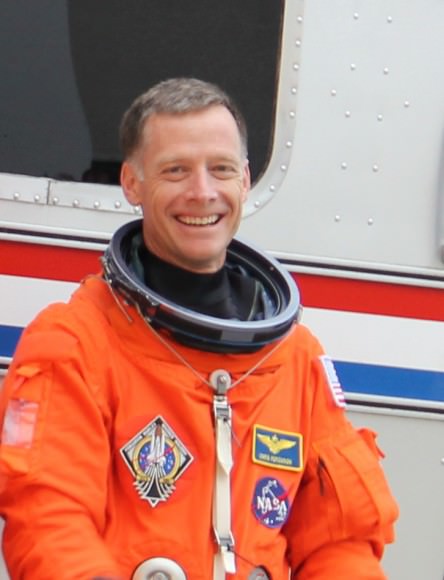
“The one thing I could never fathom well was understanding spaceflight. And the way to really understand something is to go do it,” said Chris Ferguson.
“What this is really about is going into space, living and working there and dragging the American public along with us. We need to constantly feed the machine for the folks who are curious and are on a quest to understand things they don’t understand and desire to wonder what’s beyond low Earth orbit and how you live in space for a long period of time.”
“The only way you feed that is by planting the seeds when they are young. You grow the big Oaks out of little acorns.”
“And you get the little acorns at places like the Franklin Institute and the Smithsonian National Air & Space Museum. That’s what did it for me,”
“I think you need to go back and you need to give back. So I’m looking forward to going back to the Franklin Institute !” said Ferguson
And when Chris does go back to the Franklin Institute later this year he will bring along a very very special gift – a piece of the Institute’s Fels Planetarium dome flew millions of miles to the space station and back aboard history’s very last Space Shuttle orbiter – Atlantis – that will ever take a star trek to the High Frontier.
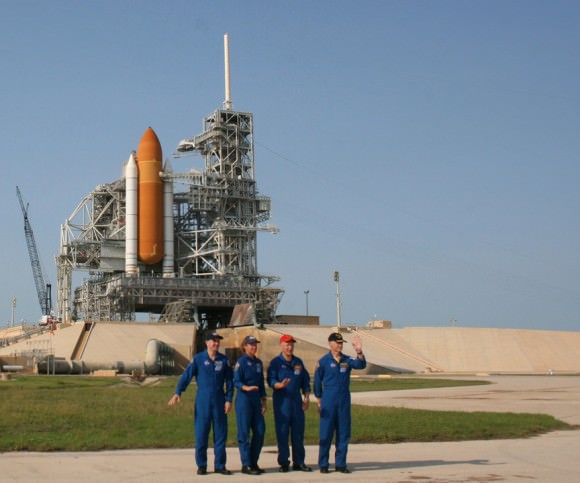
And the project was Ferguson’s idea according to Derrick Pitts, Chief Astronomer at the Fels Planetarium of the Franklin Institute.
“Chris sent me an email asking if we (The Franklin Institute) would like to fly something on STS-135,” Pitts told me.
“I quickly agreed, found out what the criteria for launch would be and then pulled a team together to figure out what to send. It was decided to send a star-shaped piece of the original Fels Planetarium dome.
“The original dome was replaced in 2002 but I’d kept several large sections of the stainless steel panels and had a number of 5-pointed stars about 4″ across cut from the panels to mount and give as gifts to friends of the Fels. It weighs about 6 oz.”
“Since more than 10 million visitors have sat under that dome including several school students who would later become NASA astronauts, it seemed fitting to send one of these stars.”
“The piece presented some problems though. As a stainless steel piece, it has sharp edges and 5 very sharp points – both verboten by NASA and it is ever so slightly oversized. We fixed the worst problem by encasing the star – points edges and all – in a transparent acrylic ‘jewel box’ sandwich held closed with stainless steel screws.”
“We had about ten days from the first email to delivery date to him in Houston. When it returns to Earth, Ferguson has offered to bring it back to Philadelphia where we’ll put it on permanent display in the main Planetarium hallway. This will be the second time Franklin has flown an article with a native Philadelphian astronaut. Our last trip was with Jim Bagian on STS-40 in 1991.”
Chris is a humble, eloquent and down to earth guy and knows how lucky he is to be commanding the grand finale of the thirty year long shuttle program. And he is determined that he and his STS-135 crew of four do their very best to accomplish all their goals.
“I’m just proud to be a small part of it and am savoring the moment. We’re focused on the mission now and will have time to ponder this moment in history when it’s all over,” Ferguson concluded.
Space Shuttle Atlantis and her crew of 4 are scheduled to land at 5:56 a.m. on July 21, 2011 at the Kennedy Space Center in Florida.
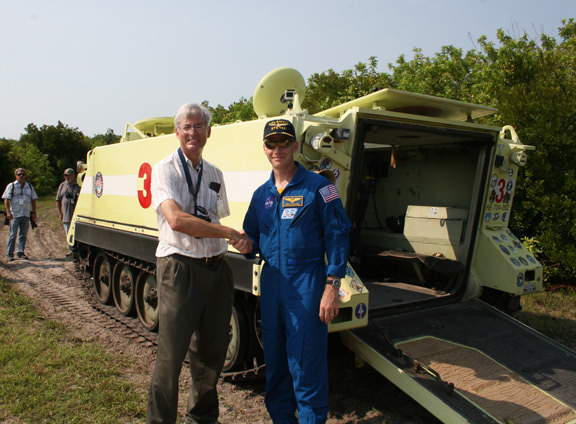
Read my features about the Final Shuttle mission, STS-135:
Revolutionary Robotic Refueling Experiment Opens New Research Avenues at Space Station
Water Cannon Salute trumpets recovery of Last Shuttle Solid Rocket Boosters – Photo Album
Shuttle Atlantis Soars to Space One Last time: Photo Album
Atlantis Unveiled for Historic Final Flight amidst Stormy Weather
Counting down to the Last Shuttle; Stormy weather projected
Atlantis Crew Jets to Florida on Independence Day for Final Shuttle Blastoff
NASA Sets July 8 for Mandatory Space Shuttle Grand Finale
Final Shuttle Voyagers Conduct Countdown Practice at Florida Launch Pad
Final Payload for Final Shuttle Flight Delivered to the Launch Pad
Last Ever Shuttle Journeys out to the Launch Pad; Photo Gallery
Atlantis Goes Vertical for the Last Time
Atlantis Rolls to Vehicle Assembly Building with Final Space Shuttle Crew for July 8 Blastoff</a

